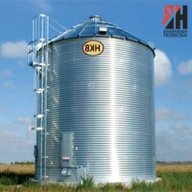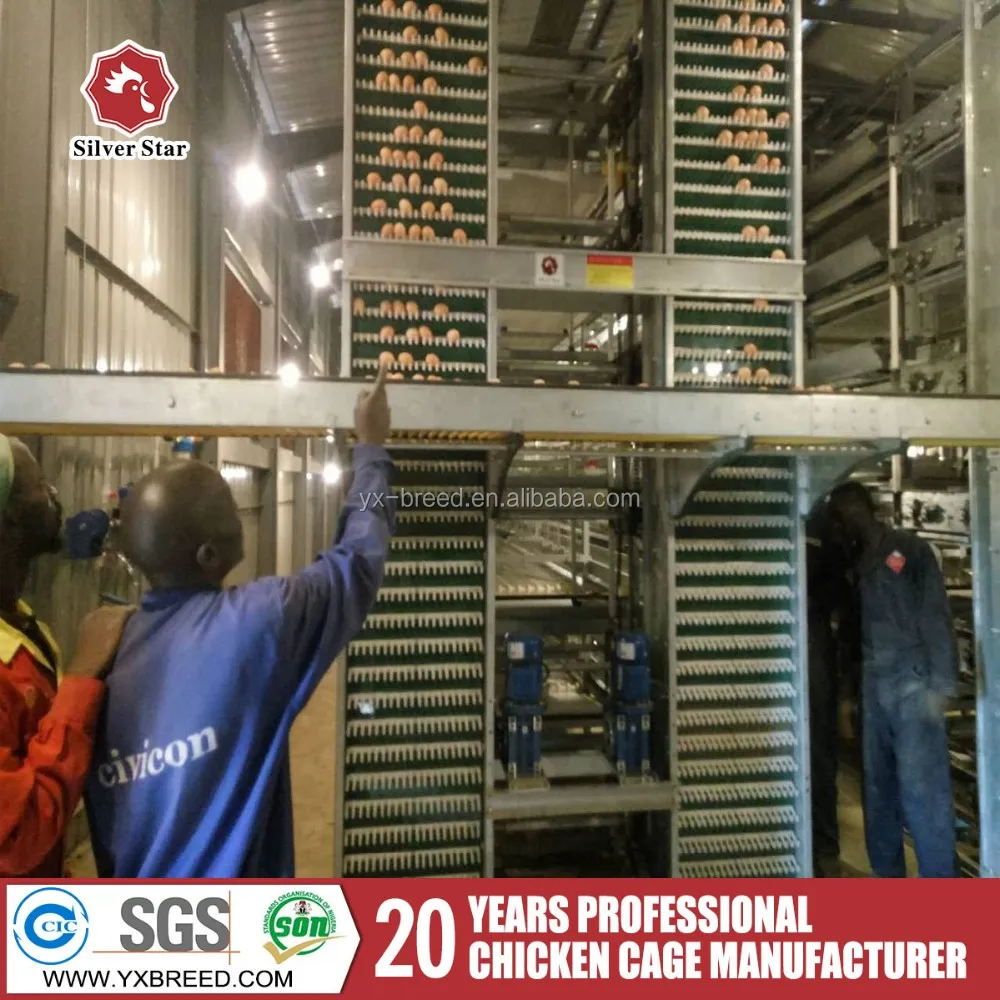


Reliable communication of data between the internal storage sensors and external reading / recording devices will be required.įigure 3.grain temperature, humidity and in some cases gas concentration measurements Sensor’s build quality, lifespan and long-term accuracy will be important for each parameter i.e.Grain storage sensors and cables are in a hostile environment with dust, heat, moisture and significant physical stresses when the silo is filled, emptied and as grain settles during storage.Some sensors may be difficult to install in silos and to access later if they require maintenance.If sensors are too close to silo walls, readings may be influenced by excessive grain trash or external temperatures i.e. Sensor location inside a silo is critical.Tests following phosphine fumigation have shown that sensors inside a silo designed to measure humidity in grain can be permanently damaged by phosphine gas during a standard fumigation.Measuring both grain temperature and equilibrium relative humidity (ERH) is valuable as it provides information on storage conditions, grain moisture content and providing insight as to how active insect pests are, if present.Cable or canister monitoring systems can be located inside a silo to monitor grain temperature, humidity or gases Things to consider when assessing storage monitoring systems A farm storage facility with ten large flat-bottom silos, each with 1500 tonnes capacity (photo DAF Qld)įigure 2. While there are grain storage monitoring systems available from the USA and Canada, most have design issues that currently make them unsuitable for the majority of silos / storages in Australia.įigure 1.In addition, an efficient method for monitoring gas levels at a number of locations in a large silo during a fumigation would also be beneficial. Regular monitoring is critical to ensure grain quality is maintained and pests are controlled in a timely manner.The silo design makes it difficult to carry out effective checks for storage pests and storage conditions, such as grain temperature and moisture content. While large capacity (600 – 2000 tonnes), flat-bottom silos are a cost-effective on-farm storage method, they currently have a significant downside. There has been widespread investment in large flat-bottom silos by many grain growers as part of on-farm storage facilities.Managing large flat-bottom silos – grain quality & pests

Effective management of insect pests of stored pulses is possible using an integrated approach: pest monitoring, aeration cooling and phosphine fumigation.Growers should be alert to this threat and ensure that phosphine fumigations are conducted to the highest standard and choose effective grain protectant combinations Storage pests can develop resistance to fumigants and grain protectants.Each year restrictions change with respect to acceptance of insecticide residues in both domestic and export markets Talk with potential grain buyers and seek advice prior to applying grain protectant treatments.Monitoring of fumigation gas levels in large silos and storages such as grain bunkers and sheds helps to check if grain pests have had the required dose over time to achieve effective control.Grain temperature and equilibrium relative humidity (ERH) information is valuable but requires robust sensors, carefully placed Carefully check the design and build quality of any monitoring equipment before purchase and instalment in silos.Regular monthly monitoring of stored grain and keeping records for both small and large capacity silos is critical for successful grain quality results and storage pest control.Business development and commercialisation


 0 kommentar(er)
0 kommentar(er)
